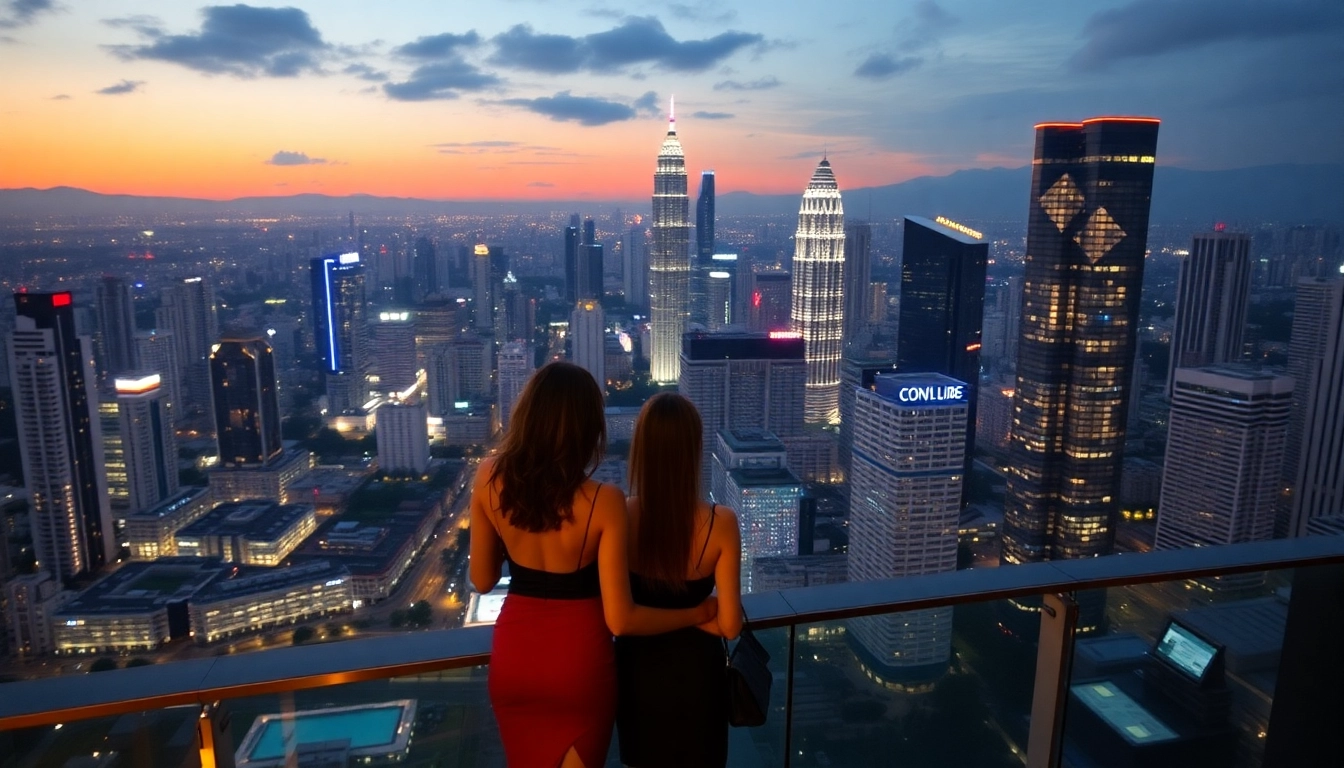Understanding the Term “DILF”: Origins, Cultural Significance, and Modern Interpretations
The term dilf has gained widespread recognition in contemporary pop culture, online communities, and social dialogues. Originally emerging as slang within niche circles, it has since evolved into a mainstream term that embodies various facets of masculinity, attractiveness, and age-related appeal. This article aims to explore the origins of the word, its cultural significance, its portrayal in media, and how perceptions around it are shifting in today’s society. Whether you’re curious about its background or interested in understanding its role in modern culture, this comprehensive guide offers insights backed by data, social analysis, and cultural trends.
The Origins and Evolution of the Term “DILF”
Historical Roots and Early Usage
The term “dilf” is a portmanteau, combining “dad” and “fuck,” with the initial usage dating back to the early 2000s within internet forums, meme culture, and online communities. Its emergence coincided with the rise of slang that playfully subverts traditional notions of masculinity and attractiveness. Unlike earlier terms that often focused solely on youth or stereotypical notions of sex appeal, “dilf” specifically references middle-aged men who exude sexual attractiveness, often associated with fatherhood or mature masculinity.
Transition from Niche to Mainstream
Over time, the term gained traction through social media platforms, meme culture, and celebrity references, transforming from a niche slang into a widely recognized descriptor. Notably, celebrity figures who embody the archetype of a handsome, mature father figure—such as actors, athletes, and musicians—helped propel the term into popular lexicon. Viral memes and social media hashtags further cemented its place in everyday conversations, especially among younger demographics.
Evolution in Usage and Connotations
Initially, “dilf” was used predominantly in humorous or provocative contexts, often in online dating profiles, meme captions, or casual conversations. Today, its connotations have diversified, with some embracing it as a compliment, while others critique or analyze its implications on perceptions of masculinity, age, and attractiveness. The term also spawned derivatives like “gilf” and “sylf” , reflecting a broader cultural engagement with age and attractiveness stereotypes.
Cultural Significance and Perceptions
Perception of Age and Masculinity
The dilf archetype challenges traditional notions of youth-centric attractiveness. It elevates middle-aged men who demonstrate confidence, grooming, and physical fitness as desirable, thereby reshaping societal perceptions of masculinity. This shift aligns with broader cultural movements that celebrate maturity, experience, and ruggedness as attractive qualities rather than solely focusing on youth.
Gender Dynamics and Societal Expectations
Historically, societal standards have often emphasized youthfulness and slenderness in women, with men frequently associated with strength and dominance. The emergence of the “dilf” archetype introduces a nuanced perspective — one that appreciates the attractiveness of older men, often depicted as caring, responsible, and emotionally mature. This evolution reflects changing gender dynamics, encouraging a broader acceptance of diverse expressions of masculinity and attractiveness across age groups.
Media and Popular Culture’s Role
Media representations have played a significant role in shaping perceptions of what a dilf embodies. Films, television shows, and advertising now frequently feature charismatic, attractive middle-aged men, normalizing the idea that attractiveness isn’t limited to youth. Celebrities like George Clooney, David Beckham, and Idris Elba are often cited as real-world examples of the dilf archetype, further cementing its place in cultural consciousness.
DILF in Pop Culture and Media
Representation in Film and Television
Popular media has embraced the dilf persona, often casting older male actors in roles that emphasize their attractiveness and charisma. Sitcoms, dramas, and romantic comedies have featured characters who embody this archetype, often highlighting qualities like confidence, maturity, and emotional depth. For instance, characters played by actors such as George Clooney in “ER” or Jon Hamm in “Mad Men” exemplify the allure and sophistication associated with the dilf image.
Impact of Social Media and Memes
Social media platforms like Instagram, TikTok, and Twitter have amplified the dilf phenomenon through memes, fan pages, and viral content. Influencers and content creators celebrate this archetype, often sharing fitness routines, grooming tips, or humorous takes on age and attractiveness. Memes that joke about the “dilf” appeal help normalize and popularize the term among diverse audiences, fostering a sense of community and shared identity.
Celebrity Endorsements and Cultural Icons
Many celebrities have become cultural icons embodying the dilf persona, influencing beauty standards and social perceptions. Their appearances in fashion campaigns, magazine covers, and public appearances reinforce the idea that attractiveness can be ageless and multifaceted. The admiration for these figures often extends beyond physical appearance to include qualities like style, confidence, and charisma.
The Role of Age and Masculinity
Challenging Youth-Centric Ideals
The dilf archetype disrupts conventional youth-centric standards of beauty. It emphasizes that attractiveness is not solely the domain of the young but can also be found in mature, confident men. This paradigm shift encourages a more inclusive view of masculinity, embracing age as a marker of experience and desirability rather than decline.
Physical Fitness and Grooming
Physical fitness, grooming, and self-care are often associated with the dilf image, highlighting the importance of health and presentation regardless of age. Many men who fit this archetype maintain active lifestyles, participate in fitness routines, and invest in grooming—factors that contribute to their appeal and challenge stereotypes that aging equates to loss of attractiveness.
Emotional Maturity and Responsibility
Beyond physical attributes, emotional maturity, stability, and responsibility are integral to the dilf persona. These qualities often resonate with audiences and contribute to a holistic view of attractiveness that encompasses personality, confidence, and life experience.
DILF in Online Communities and Dating
Online Dating and Profile Trends
In the digital age, the dilf persona has found a prominent place in online dating profiles. Men often highlight their maturity, stability, and attractiveness, appealing to partners seeking a confident and experienced companion. Conversely, younger users may express admiration or curiosity about this archetype, fostering dialogues about age and attraction.
Community Discussions and Fanbases
Online forums and social media groups dedicated to the dilf archetype have emerged, creating spaces for admiration, discussion, and sharing of content. These communities often celebrate older men who defy stereotypes, emphasizing qualities such as charisma, style, and confidence.
Implications for Dating Culture
The rise of the dilf archetype influences dating norms by broadening the scope of attractiveness. It encourages individuals to look beyond age and superficial qualities, fostering more inclusive and diverse perceptions of desirability.
Common Misconceptions and Stereotypes
Misconception: DILF Equals Youthless or Declining
One common stereotype is that being a dilf implies aging gracefully or struggling with decline. In reality, many embody vitality, fitness, and attractiveness through active lifestyles, challenging notions that aging diminishes appeal.
Myth: Only Physical Attractiveness Matters
While physical appearance plays a role, qualities such as confidence, charisma, and emotional intelligence are equally important in shaping the dilf archetype. The focus is shifting from superficial traits to a more holistic appreciation of personality and presence.
Gender Stereotypes and Double Standards
Society often applies different standards to men and women regarding attractiveness and aging. The dilf archetype highlights how cultural expectations can be challenged and redefined, advocating for gender-neutral appreciation of attractiveness across ages.
How to Embrace or Understand the DILF Persona
For Men: Cultivating Confidence and Style
Men interested in embodying the dilf archetype often focus on maintaining physical health, grooming, and dressing well. Confidence, emotional maturity, and authenticity are key traits to cultivate. Engaging in hobbies, staying active, and embracing life experiences contribute to a compelling presence.
For Partners and Admirers: Appreciating the Qualities
Understanding the dilf archetype involves appreciating qualities beyond physical appearance. Recognizing emotional maturity, life experience, and personality traits helps foster genuine admiration and connection.
Challenging Personal and Societal Norms
Embracing or understanding the dilf persona may also involve challenging societal stereotypes about aging and attractiveness. Promoting positive narratives around age and masculinity can help create a more inclusive perception of desirability for all genders and ages.
Future Trends and the Impact of Social Media
Growing Acceptance and Cultural Shift
As social attitudes evolve, the dilf archetype is likely to become more normalized and celebrated. The increasing emphasis on diverse representations of beauty, masculinity, and age suggests a future where attractiveness is appreciated in many forms, including maturity and experience.
Influence of Influencers and Digital Media
Influencers and digital creators play a pivotal role in shaping perceptions. As more figures openly embrace the dilf persona, societal standards will continue to expand, fostering greater acceptance and reducing stereotypes.
Potential for Commercial and Media Representation
Brands and media outlets are beginning to recognize the market and cultural relevance of the dilf archetype, leading to more inclusive advertising, casting, and storytelling that reflect this diversity in attractiveness.
Conclusion: The Growing Acceptance and Cultural Shift
The term dilf has transformed from a niche slang to a symbol of evolving notions of masculinity, attractiveness, and age. Its rise reflects broader societal shifts toward embracing diversity in beauty standards and challenging stereotypes associated with aging. As media, social platforms, and cultural conversations continue to evolve, the dilf archetype will likely become an even more prominent and celebrated aspect of modern masculinity. Understanding this term, its origins, and its cultural implications provides a window into the changing landscape of attractiveness and societal values.
In exploring the dilf meaning, it becomes clear that the term encapsulates more than physical appeal—it’s about confidence, maturity, and authenticity. Recognizing and appreciating these qualities can foster a more inclusive and positive view of aging and masculinity in contemporary culture.



